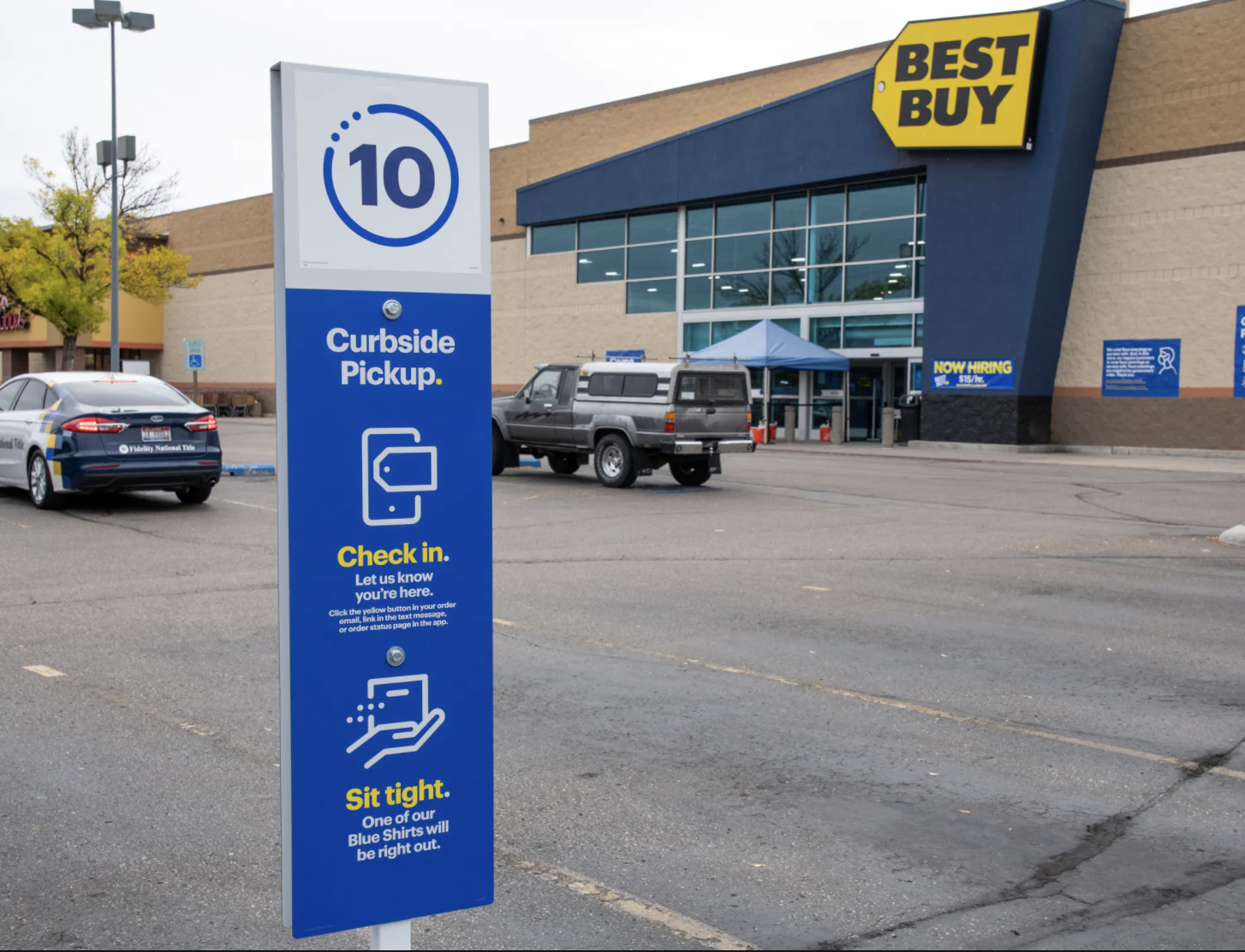Friends on the industrial side of the shopping aisle often tell me that industrial is the new retail, but anyone who knows retail knows that retail is constantly changing, and it will always be the new retail. Whether retail is red hot or in a blue state, retailers bring us together, meet the challenges of change, and unite parties for the optimal shopping experiences.

Retail stores certainly had a rough year in 2020 and continue to have challenges. The pandemic has been the most disruptive force retail stores have faced in decades, and it accelerated trends that were already in motion—most notably, online shopping.
This trend was hugely propelled by a behavioral shift of working from home and doing almost everything there. E-commerce represented about 1 percent of retail sales in 2000; it grew over the next two decades to account for more than 10 percent by the end of 2019. One year and one pandemic later, online now represents nearly 20 percent of all retail sales today.
This clearly accelerated the failure of weak businesses and served as a growth catalyst for new ones. The number of chains went bankrupt more than doubled from 23 to over 50, leading to 25,000-plus stores closing nationwide. More than 10,000 restaurants closed in Texas alone, and 4 million square feet of local retail space became available in North Texas.
Still, 80 percent of all retail sales are in stores, and shopping centers are not going away—by a long shot. The consumer wants and has the capacity to shop, how, when, and where they want, and many of their purchases—particularly replenishment items—will continue to occur through the internet. However, the store’s role will remain central to the shopping experience, the building of brands, consultation, and social interaction. Provided, of course, that the retailer or shopping center continues to deliver a great experience.
Change: The One Constant in Retail
Retailers and restaurateurs are extremely entrepreneurial, and reinvention is the cornerstone of the industry. Adapting, pivoting, and transforming operations is fundamental to success.
Most store footprints will get smaller and more accommodating to the online shopper as retailers further integrate omnichannel platforms into their brick-and-mortar stores; initiatives such as BOPIS (buy-online-pickup-in-store), curbside pickup, and customer delivery will continue to get refined. Store designs and layouts, both inside and out, will continue to be adapted as an invaluable point of contact with customers.
Retailers that make these pivots and transform their businesses to enhance the customer’s experience with both superior in-store service and the convenience and efficiency of online shopping will prevail. There are tremendous opportunities ahead for omnichannel retailers and progressive property owners that embrace change and continue to advance the infrastructure for this evolution.
The Blurring Line Between Retail and Industrial
As well, there is a lot of excess retail space in the marketplace that is functionally obsolete and will become mini distribution centers for online retail sales. This is a great opportunity for certain large-format stores, free-standing buildings, and certain dead malls, as Amazon created with Greenspoint Mall in Houston. Still, a mini-distribution center is certainly not going to be an optimal use in a shopping center, and this is not going to be a big trend in the evolution of retail centers. Not to mention that they are not zoned for this use, the residents do not want these facilities in their neighborhoods, and the REAs (Restrictive Easement Agreements) from the other retailers will not allow such.
All said this is certainly another trend that has been accelerated. The line between retail and industrial real estate has been majorly blurred; in the short-term, retailers will utilize oversized store footprints as mini-distribution centers to support the last-mile delivery of products. This will result in the retail store, e-commerce function, and the fulfillment of online purchases located all in one convenient place.
Longer-term, this will not be sustainable as retailers continue to refine their supply chain models and economics normalize. So, industrial uses will be taking over some boxes in the area, but be assured, industrial is not the new retail, and industrial uses will not be taking over your neighborhood shopping center.
Steven A. Lieberman is CEO of The Retail Connection.





